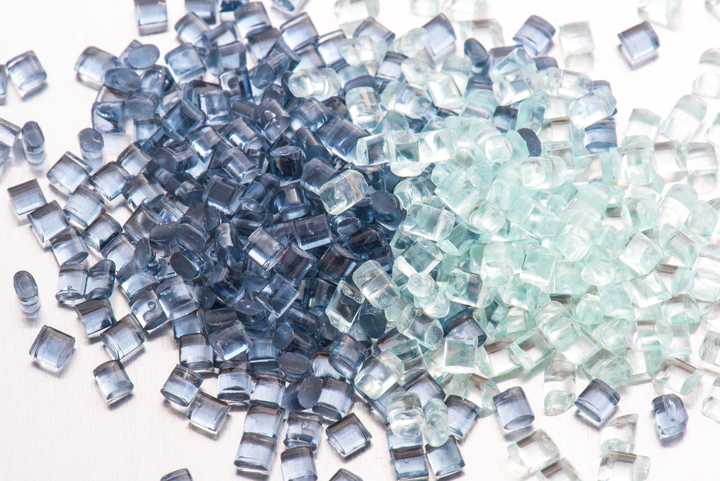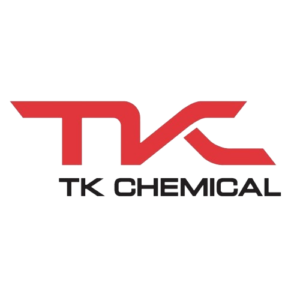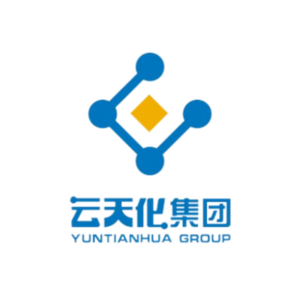Description
VCM, which is not water-soluble, requires auxiliary additives for uniform dispersion in water. Emulsion polymerization, the traditional method, uses water-soluble initiators such as peroxides. This process can be conducted continuously or in batches, with batch processes requiring approximately 1% emulsifier and continuous processes needing 2.5 to 3.0%. Emulsifiers like alkyl sulfonates or ammonium salts of fatty acids remain in the PVC after drying, resulting in the formation of E-PVC.
Properties and features
Applications

Construction
Vinyl flooring, wall coverings, electrical ducts and conduits, surface protection films.
Consumer goods
Artificial leather, fashion and accessories, sporting goods, household gloves, floor mats, soft toys.













